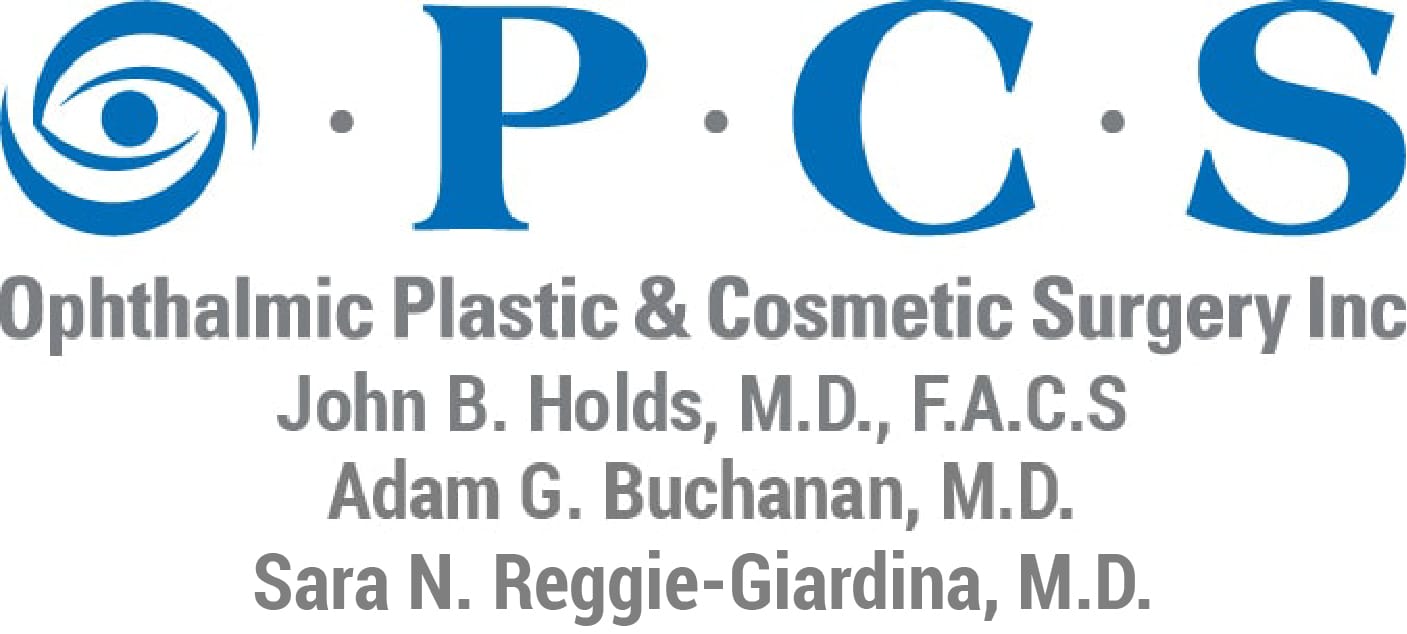When Does a Blocked Tear Duct Require Surgery?
- Posted on: Nov 15 2023

What Causes a Tear Duct to Become Clogged?
Blocked tear ducts are a frequently encountered condition among newborns. Typically, the condition tends to improve on its own within the first year of life, often without the need for any specific treatment. In adults, a blocked tear duct can occur as a result of various factors, such as an injury, an infection, or, in rare cases, a tumor.
In general, several factors can contribute to the occurrence of blocked tear ducts. Some of these include:
- Congenital blockage (beginning in infancy)
- Changes to the puncta (tear openings in your eye) due to age
- Infection
- Inflammation
- Trauma or injury
- Tumors
Symptoms of a Blocked Tear Duct
The signs of a clogged tear may include:
- Excessive tearing
- Blurred vision
- Discharge or mucus draining from the eyes
- Pain or swelling near the inner corner of the eye
- Redness
- Recurring eye infections
Treatment Options
Fortunately, a blocked tear duct is typically a correctable condition. However, the appropriate course of treatment will vary based on the age of the patient and the underlying cause of the blockage. To determine the right treatment, consult with your doctor or healthcare provider.
While your ophthalmologist may prescribe some over-the-counter medications or recommend home remedies to help remove tear duct blockage naturally, surgical options are also available when other treatment methods are ineffective.
Surgical Procedure to Treat Obstructed Tear Ducts
A dacryocystorhinostomy (DCR) is a surgical procedure that establishes a new pathway for your tears to drain. The procedure can be conducted either externally, with a small incision in the skin, or endoscopically through the nasal passage, eliminating the need for a visible incision. Both methods have proven to be equally effective.
Recovery for this type of procedure can vary depending on unique patient factors. However, some bruising or inflammation is expected for at least one to two weeks. Any discomfort is typically manageable with over-the-counter medications, and you will likely receive prescription antibiotics to combat the risk of infection.
Effective Blocked Tear Duct Treatment in St. Louis, MO
Ophthalmic Plastic & Cosmetic Surgery, Inc. offers dacryocystorhinostomy (DCR) or blocked tear duct surgery in St. Louis, MO. We strive to provide a clinical environment where patients feel comfortable during treatment and are able to make decisions that give them peace of mind.
Schedule an appointment today by calling (314) 567-3567.
Posted in: Tearing Problems

